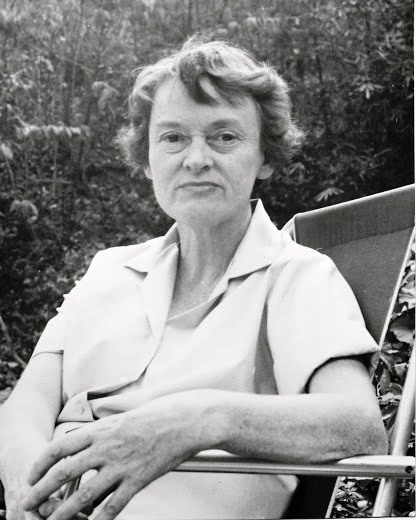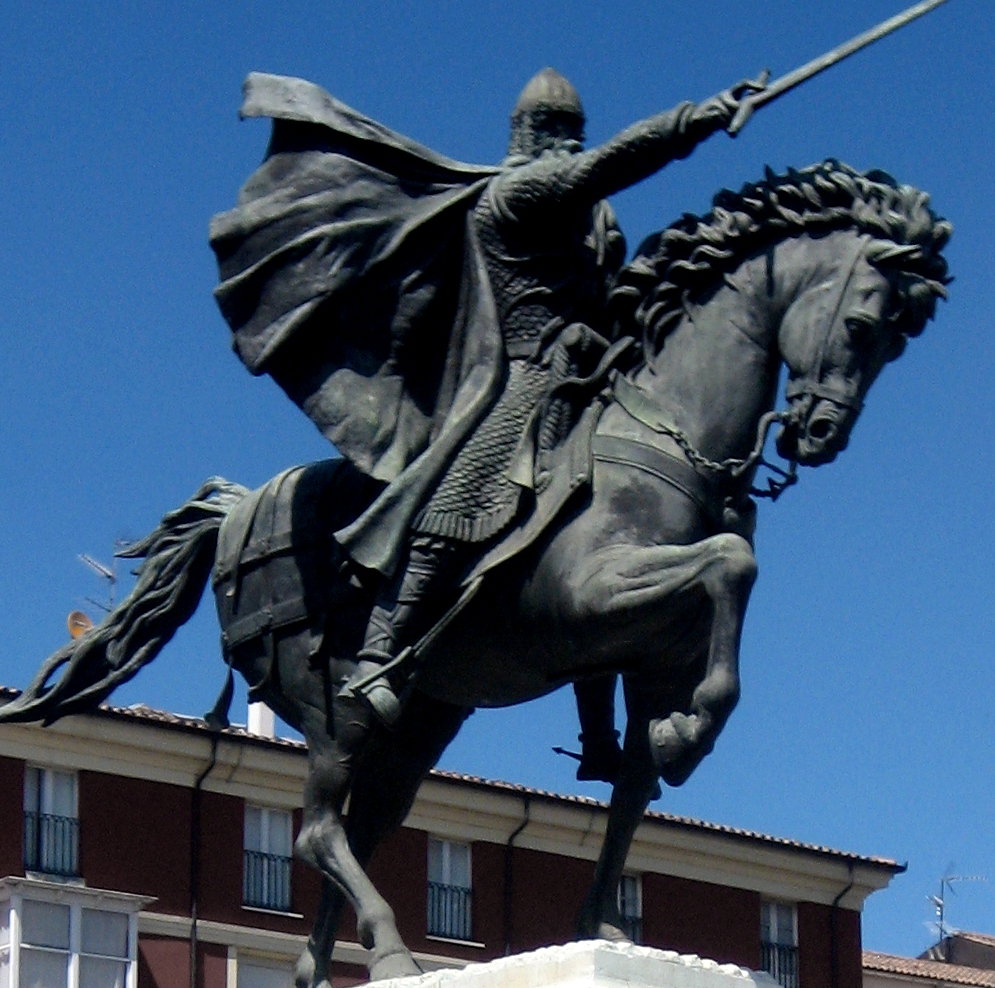|
Neon Goby
''Elacatinus'' is a genus of small marine Goby, gobies, often known collectively as the neon gobies. Although only one species, ''E. oceanops'', is technically the "neon goby", because of their similar appearance, other members of the genus are generally labeled neon gobies, as well. Except for a single East Pacific species, all reside in warmer parts of the West Atlantic, including the Caribbean Sea, Caribbean and Gulf of Mexico. They are known for engaging in symbiosis with other marine creatures by providing them Cleaner fish, cleaning service that consists of getting rid of ectoparasites on their bodies. In return, ''Elacatinus'' species obtain their primary source of food, ectoparasites. Species Currently, 24 recognized species are placed in this genus: * ''Elacatinus atronasus'' James Erwin Böhlke, J. E. Böhlke & Charles Richard Robins, C. R. Robins, 1968 * ''Elacatinus cayman'' Benjamin C. Victor, Victor, 2014 (Cayman cleaner goby) * ''Elacatinus centralis'' Victor ... [...More Info...] [...Related Items...] OR: [Wikipedia] [Google] [Baidu] |
David Starr Jordan
David Starr Jordan (January 19, 1851 – September 19, 1931) was the founding president of Stanford University, serving from 1891 to 1913. He was an ichthyologist during his research career. Prior to serving as president of Stanford University, he served as president of Indiana University Bloomington, Indiana University from 1885 to 1891. Jordan was also a strong supporter of eugenics, and his published views expressed a fear of "race-degeneration", asserting that cattle and human beings are "governed by the same laws of selection". He was an antimilitarist since he believed that war killed off the best members of the gene pool, and he initially opposed American involvement in World War I. Early life and education Jordan was born in Gainesville (town), New York, Gainesville, New York, and grew up on a farm in upstate New York. His parents made an unorthodox decision to educate him at a local girls' high school. His middle name, Starr, does not appear in early census records, ... [...More Info...] [...Related Items...] OR: [Wikipedia] [Google] [Baidu] |
William Beebe
Charles William Beebe ( ; July 29, 1877 – June 4, 1962) was an American natural history, naturalist, ornithologist, marine biologist, entomologist, explorer, and author. He is remembered for the numerous expeditions he conducted for the New York Zoological Society, such as the Arcturus expedition, ''Arcturus'' mission, his deep dives in the Bathysphere, and his prolific scientific writing for academic and popular audiences. Born in Brooklyn, New York, Brooklyn, New York (state), New York and raised in East Orange, New Jersey, Beebe left college before obtaining a degree to work at the then newly opened Bronx Zoo, New York Zoological Park, where he was given the duty of caring for the zoo's birds. He quickly distinguished himself in his work for the zoo, first with his skill in designing habitats for its bird population, and soon also with a series of research expeditions of increasing length, including an expedition around the world to document the world's pheasants. These exp ... [...More Info...] [...Related Items...] OR: [Wikipedia] [Google] [Baidu] |
Jan Marie Metzelaar
Jan, JaN or JAN may refer to: Acronyms * Jackson, Mississippi (Amtrak station), US, Amtrak station code JAN * Jackson-Evers International Airport, Mississippi, US, IATA code * Jabhat al-Nusra (JaN), a Syrian militant group * Japanese Article Number, a barcode standard compatible with EAN * Japanese Accepted Name, a Japanese nonproprietary drug name * Job Accommodation Network, US, for people with disabilities * ''Joint Army-Navy'', US standards for electronic color codes, etc. * ''Journal of Advanced Nursing'' Personal name * Jan (name), male variant of ''John'', female shortened form of ''Janet'' and ''Janice'' * Jan (Persian name), Persian word meaning 'life', 'soul', 'dear'; also used as a name * Ran (surname), romanized from Mandarin as Jan in Wade–Giles * Ján, Slovak name Other uses * January, as an abbreviation for the first month of the year in the Gregorian calendar * Jan (cards), a term in some card games when a player loses without taking any tricks or scoring a m ... [...More Info...] [...Related Items...] OR: [Wikipedia] [Google] [Baidu] |
Elacatinus Horsti
''Elacatinus horsti'', the yellowline goby, is a species of goby native to the western Atlantic Ocean and the Caribbean Sea. Description The yellowline goby grows to be in length. It has a rounded snout and a long, slim body. The upper parts are black and the underside is grey, gradually paling to white. Some fish have a bright, yellow stripes running along each side from the eye to the tail, with often a yellow spot or short line on the snout. In juvenile fish, this stripe is shorter and extends just beyond the base of the pectoral fin. Young '' Elacatinus chancei'' are very similar in appearance, but in that species, the yellow line hardly reaches the pectoral fin. In another form of the fish, the stripe is white, paling to a bluish-grey colour beyond the pectoral fin. The dorsal fin is in two parts, and has seven spines and 11 to 12 soft rays. The pectoral fin then has 18 rays and the anal fin has a single spine and 10 soft rays. Distribution The yellowline goby is found on t ... [...More Info...] [...Related Items...] OR: [Wikipedia] [Google] [Baidu] |
Elacatinus Genie
''Elacatinus'' is a genus of small marine gobies, often known collectively as the neon gobies. Although only one species, ''E. oceanops'', is technically the "neon goby", because of their similar appearance, other members of the genus are generally labeled neon gobies, as well. Except for a single East Pacific species, all reside in warmer parts of the West Atlantic, including the Caribbean and Gulf of Mexico. They are known for engaging in symbiosis with other marine creatures by providing them cleaning service that consists of getting rid of ectoparasites on their bodies. In return, ''Elacatinus'' species obtain their primary source of food, ectoparasites. Species Currently, 24 recognized species are placed in this genus: * '' Elacatinus atronasus'' J. E. Böhlke & C. R. Robins, 1968 * '' Elacatinus cayman'' Victor, 2014 (Cayman cleaner goby) * '' Elacatinus centralis'' Victor, 2014 (Cayman sponge goby) * '' Elacatinus chancei'' Beebe & Hollister, 1933 (shortstripe g ... [...More Info...] [...Related Items...] OR: [Wikipedia] [Google] [Baidu] |
Ricardo De Souza Rosa
Ricardo is the Spanish and Portuguese cognate of the name Richard. It derived from Proto-Germanic ''*rīks'' 'king, ruler' + ''*harduz'' 'hard, brave'. It may be a given name, or a surname. People Given name * Ricardo de Araújo Pereira (born 1974), Portuguese comedian * Ricardo Arjona (born 1964), Guatemalan singer * Ricardo Arona (born 1978), Brazilian mixed martial artist * Ricardo Ávila (born 1997), Panamanian footballer * Ricardo Bierhals (born 1990), Brazilian footballer * Ricardo Bralo (1916–?), Argentine long-distance runner * Ricardo Bombine Pimentel (born 1978), Brazilian musician * Ricardo Bueno Fernández (1940-2015), Spanish politician * Ricardo Busquets (born 1974), Puerto Rican swimmer *Ricardo Cardeno (born 1971), Colombian triathlete * Ricardo Carvalho (born 1978), Portuguese footballer * Ricardo Cortez (1900-1977), American actor * Ricardo Darín (born 1957), Argentine actor * Ricardo da Silva (born 1980), Cape Verdean-Portuguese footballer *Ricardo Esgaio, ... [...More Info...] [...Related Items...] OR: [Wikipedia] [Google] [Baidu] |
Rodrigo Leão De Moura
Rodrigo () is a Spanish, Portuguese and Italian name derived from the Germanic name ''Roderick'' ( Gothic ''*Hroþareiks'', via Latinized ''Rodericus'' or ''Rudericus''), given specifically in reference to either King Roderic (d. 712), the last Visigothic ruler or to Saint Roderick (d. 857), one of the Martyrs of Córdoba (feast day 13 March). The modern given name has the short forms ''Ruy, Rui'', and in Galician ''Roy, Roi''. The patronymic surname of this name is "'' Rodríguez''". The name is very frequently given in Portugal; it was the most popularly given masculine name in 2011–2012, and during 2013–2016 ranked between 4th and 2nd most popular. It is also moderately popular in Spain, ranking between 30th and 60th most popular during 2002–2015. History The form ''Rodrigo'' becomes current in the later medieval period. It is recorded in the ''Cantar de Mio Cid'', written c. 1200, as the name of Rodrigo Díaz de Vivar (c. 1043–1099, known as ''E ... [...More Info...] [...Related Items...] OR: [Wikipedia] [Google] [Baidu] |
Ivan Sazima
{{Short pages monitor ... [...More Info...] [...Related Items...] OR: [Wikipedia] [Google] [Baidu] |
Elacatinus Figaro
''Elacatinus'' is a genus of small marine gobies, often known collectively as the neon gobies. Although only one species, ''E. oceanops'', is technically the "neon goby", because of their similar appearance, other members of the genus are generally labeled neon gobies, as well. Except for a single East Pacific species, all reside in warmer parts of the West Atlantic, including the Caribbean and Gulf of Mexico. They are known for engaging in symbiosis with other marine creatures by providing them cleaning service that consists of getting rid of ectoparasites on their bodies. In return, ''Elacatinus'' species obtain their primary source of food, ectoparasites. Species Currently, 24 recognized species are placed in this genus: * '' Elacatinus atronasus'' J. E. Böhlke & C. R. Robins, 1968 * '' Elacatinus cayman'' Victor, 2014 (Cayman cleaner goby) * '' Elacatinus centralis'' Victor, 2014 (Cayman sponge goby) * '' Elacatinus chancei'' Beebe & Hollister, 1933 (shortstrip ... [...More Info...] [...Related Items...] OR: [Wikipedia] [Google] [Baidu] |
Elacatinus Evelynae
''Elacatinus evelynae'', commonly known as the sharknose goby, Caribbean cleaner goby, or Caribbean cleaning goby, is a species of goby native to the Western Atlantic Ocean from the Bahamas and the Lesser Antilles to the northern coast of South America, as well as the Antilles and western Caribbean. Appearance ''Elacatinus evelynae'' is a very small, torpedo-shaped fish. It can reach a maximum length of . It has a yellow stripe in front of each eye that joins to form a V near the tip of its snout. Black stripes run under the yellow ones from the snout, over the lower part of the eye to the end of the caudal fin. ''E. evelynae's'' fin configuration is the same as all other gobies. Its dorsal fin is split in two, with a rounded anterior fin and a flat posterior fin which lines up with its anal fin. The pectoral fins are almost circular. All its fins are transparent. Habitat They inhabit coral reefs in clear ocean waters at a depth of . The reported temperature range where the ... [...More Info...] [...Related Items...] OR: [Wikipedia] [Google] [Baidu] |
Phillip S
{{dab ...
Phillip may refer to: * Phillip (Bob the Builder), Bob the Builder's character * Phillip (character), Wallace & Gromit's character * Phillip (Saliba), Lebanese Orthodox prelate * Phillip (given name), given name * Phillip (surname), surname * Phillip, Australian Capital Territory, suburb of Canberra, Australia * Phillip Bay, suburb in the Eastern Suburbs of Sydney, Australia * Phillip County, one of the original Nineteen Counties in New South Wales See also * Phillip Island (other) * Phillips (other) * Philip (other) * Phillip Chancellor * Port Philip (other) Port Philip may refer to: * Port Philip, Nova Scotia See also *Port Phillip Port Phillip (Kulin languages, Kulin: ''Narm-Narm'') or Port Phillip Bay is a horsehead-shaped bay#Types, enclosed bay on the central coast of southern Victoria (Aus ... [...More Info...] [...Related Items...] OR: [Wikipedia] [Google] [Baidu] |



